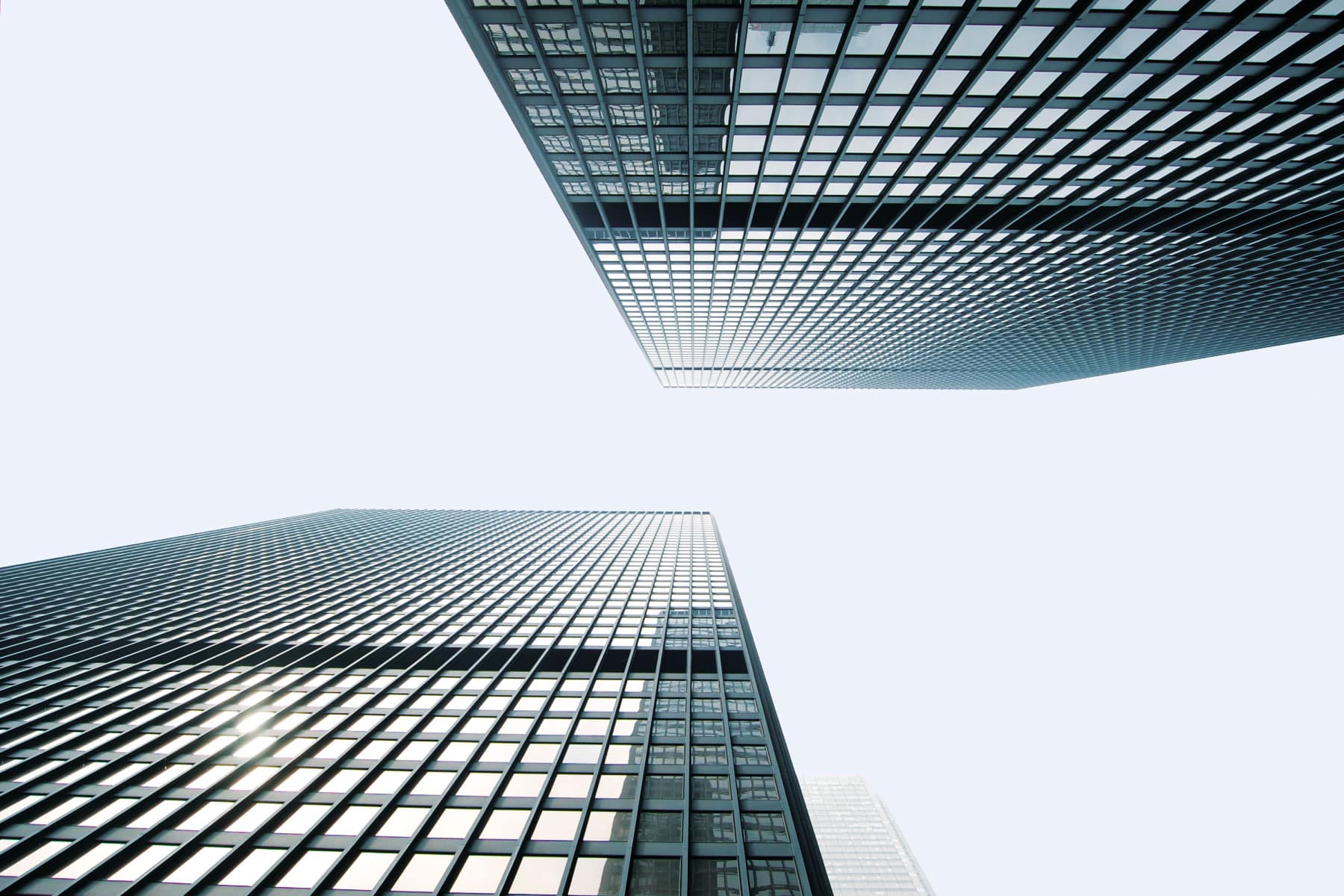
The intricacies of architectural design has always been accompanied by the rhythm of evolving materials. From the ancient times of stone and clay to the modern era marked by concrete and steel, each material has served as a stepping stone in the journey of architectural evolution, unlocking new forms, enhancing functionality, and redefining aesthetics.
As our understanding of materials deepened and our capacity to manipulate them expanded, so did the skyline of our cities and the blueprint of our lives, showcasing the intrinsic link between the materials of construction and the possibilities of architecture.

The materials used in architecture are more than just the physical substrates of our built environment. They are the expressions of our scientific advancements, cultural values, and our aspirations towards a sustainable future.
They stand as evidence of how material innovation continues to revolutionize the realm of architecture, setting the stage for the buildings of tomorrow, pushing the boundaries of what’s possible, and driving the industry towards uncharted territories of design and function.
This article expounds on two of the most influential materials of modern architecture: concrete and steel. This includes their historical significance, the transformative role they’ve played in the architectural landscape, and how they symbiotically work together in contemporary construction.
Concrete in Modern Architecture
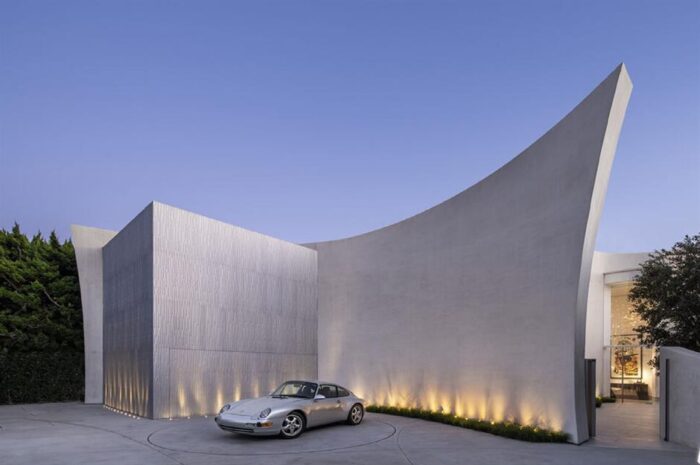
Concrete’s story in modern architecture began in earnest during the 19th century with the development of Portland cement, which improved the material’s strength and set time. This relatively new material was initially used primarily in foundations and other unseen structural elements due to its perceived lack of aesthetic appeal.
However, as the 20th century progressed, architects began to recognize the inherent beauty in concrete’s raw, unfinished textures, leading to the Brutalist movement where concrete was left exposed as a key feature of the design.
The attributes that led to concrete’s rise in popularity are manifold. Not only is it incredibly durable – resistant to weather, fire, and pests – but it’s also highly versatile. Concrete can be cast into nearly any shape, providing an unmatched freedom in terms of structural and aesthetic possibilities. It is this chameleonic quality that has allowed a modern architect in Atlanta, amongst many others, to mold it into a diverse array of forms.
The innovative uses of concrete have made it a stalwart of modern architecture. Some of the world’s most iconic structures, such as the Pantheon in Rome with its unreinforced concrete dome, and the Sydney Opera House with its stunning concrete “shells,” demonstrate the material’s capability to make a powerful aesthetic statement while serving complex structural needs.
Today, concrete continues to be a preferred choice of architects worldwide, seamlessly blending function, form, and longevity.
Steel in Modern Architecture
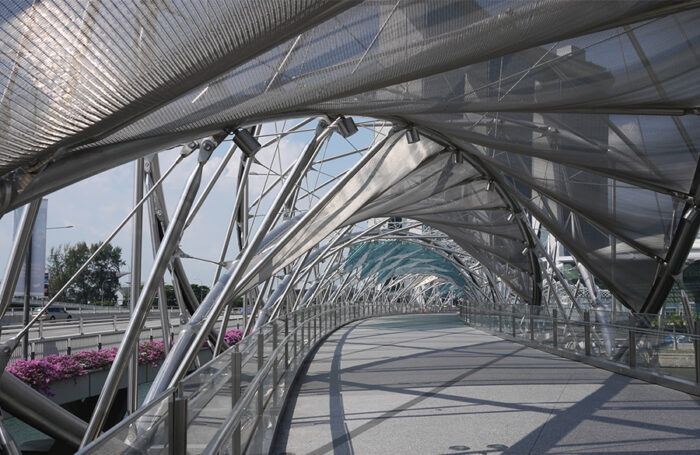
As iron refining techniques improved in the 19th century, leading to the development of steel, the material quickly caught the eye of architects and engineers. The strength and malleability of steel allowed for designs unachievable with traditional building materials.
It became the backbone of the skyscraper boom in the early 20th century, as cities like Chicago and New York began to reach for the sky.
Steel has a high strength-to-weight ratio, making it ideal for creating large, open interior spaces and towering skyscrapers. It is also very durable, resistant to many of the environmental factors that can degrade other materials.
Furthermore, steel’s flexibility allows it to withstand the forces of wind and earthquakes better than more rigid materials like concrete. This combination of strength, durability, and flexibility makes steel an attractive material for a wide variety of architectural designs.
The skylines of major cities around the world personify the impact of steel on modern architecture. Iconic steel structures include the Eiffel Tower, a testament to the aesthetic potential of steel; the Empire State Building, which demonstrated steel’s capability to facilitate incredible heights; and the innovative Guggenheim Museum in Bilbao, showing how steel can be molded into almost any shape.
Concrete and Steel: A Symbiotic Relationship
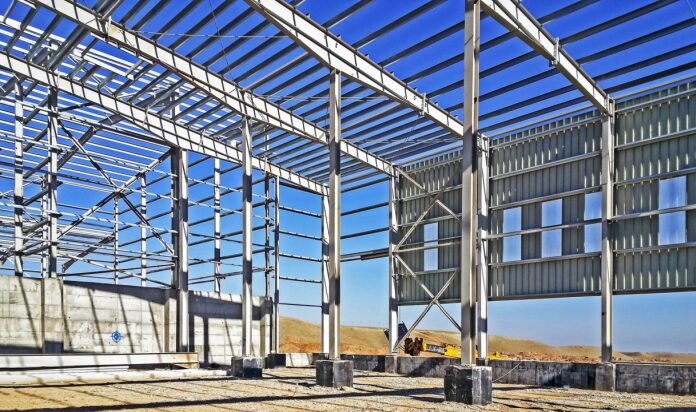
Concrete and steel, though potent on their own, often find themselves working together in a symbiotic relationship within the realm of modern architecture. This partnership takes advantage of the strengths of both materials, and is most often found in the form of reinforced concrete, where steel bars or mesh are embedded within concrete to increase its tensile strength.
The concrete protects the steel from corrosion, while the steel grants the concrete the ability to withstand bending forces.
The combination of these materials has given birth to architectural marvels that would have been impossible with either material alone. Take, for example, the iconic Burj Khalifa in Dubai. This skyscraper, the tallest in the world, utilizes a reinforced concrete core for the lower sections and transitions to a steel structure at higher altitudes where weight becomes a critical consideration.
Another example, the Sydney Opera House, uses a similar combination: its massive concrete “shells” are supported by a complex steel truss system. These examples illustrate how concrete and steel can work together to create durable, aesthetically pleasing, and structurally sound buildings that continue to redefine the possibilities of architectural design.
Conclusion
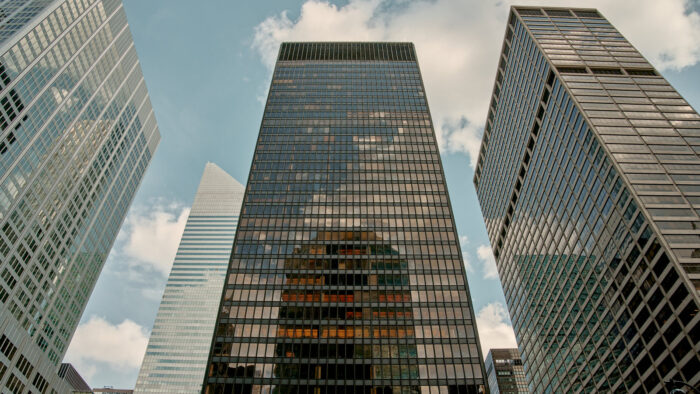
From the pyramids to skyscrapers, the evolution of architectural materials bears witness to humanity’s quest for progress, pushing the boundaries of what is structurally and aesthetically possible.
Concrete and steel stand as two pillars of modern architecture, shaping our built environment and enabling the realization of architectural dreams.














